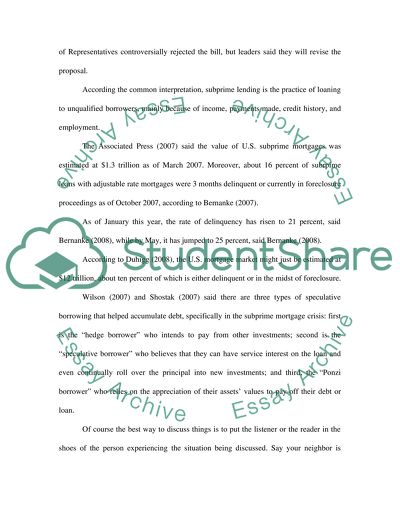Cite this document
(“Subprime Crisis and Oil Prices Essay Example | Topics and Well Written Essays - 2500 words”, n.d.)
Subprime Crisis and Oil Prices Essay Example | Topics and Well Written Essays - 2500 words. Retrieved from https://studentshare.org/miscellaneous/1534671-subprime-crisis-and-oil-prices
Subprime Crisis and Oil Prices Essay Example | Topics and Well Written Essays - 2500 words. Retrieved from https://studentshare.org/miscellaneous/1534671-subprime-crisis-and-oil-prices
(Subprime Crisis and Oil Prices Essay Example | Topics and Well Written Essays - 2500 Words)
Subprime Crisis and Oil Prices Essay Example | Topics and Well Written Essays - 2500 Words. https://studentshare.org/miscellaneous/1534671-subprime-crisis-and-oil-prices.
Subprime Crisis and Oil Prices Essay Example | Topics and Well Written Essays - 2500 Words. https://studentshare.org/miscellaneous/1534671-subprime-crisis-and-oil-prices.
“Subprime Crisis and Oil Prices Essay Example | Topics and Well Written Essays - 2500 Words”, n.d. https://studentshare.org/miscellaneous/1534671-subprime-crisis-and-oil-prices.


